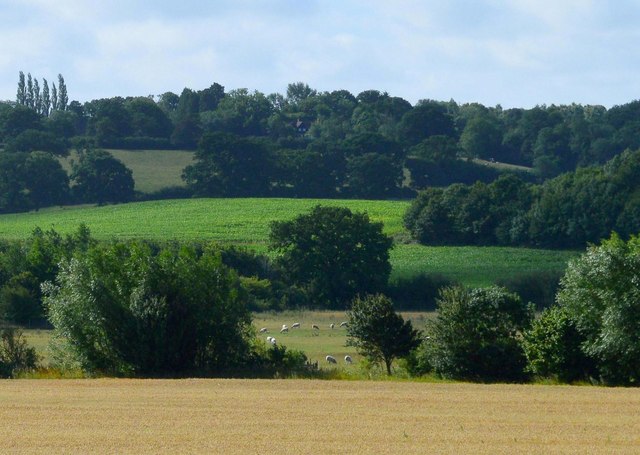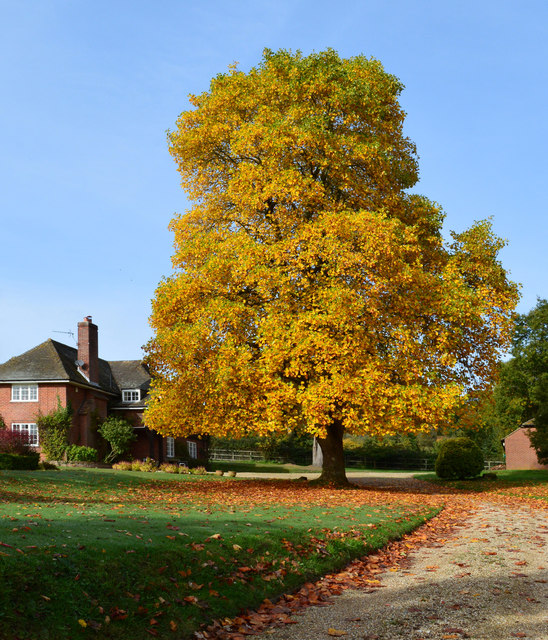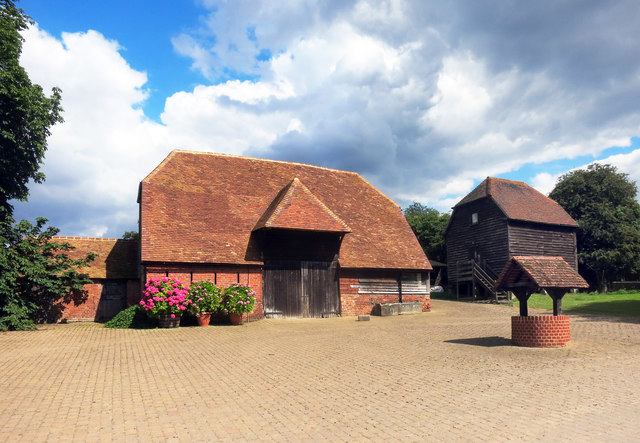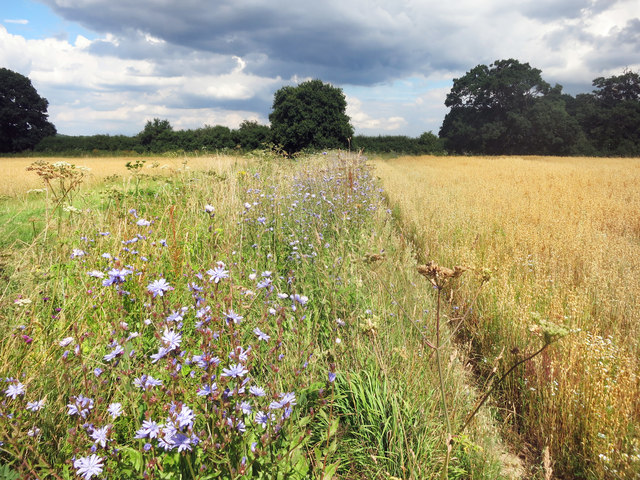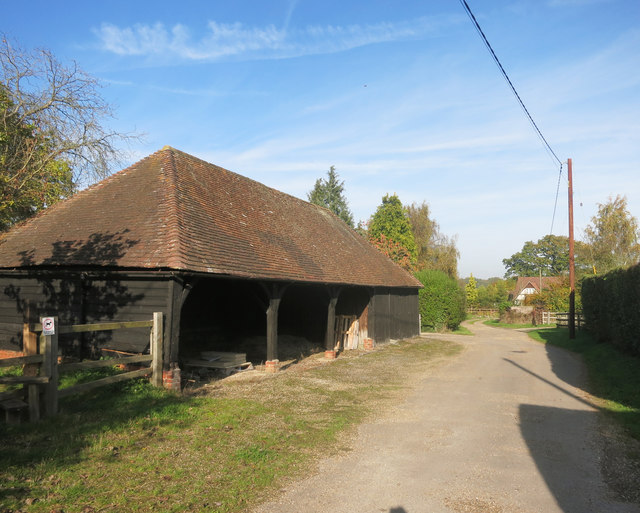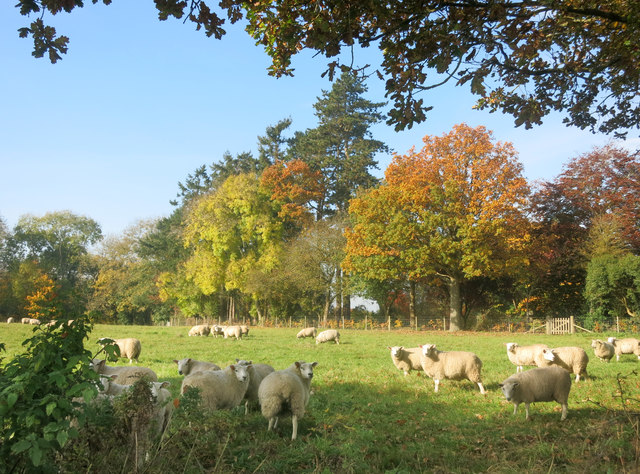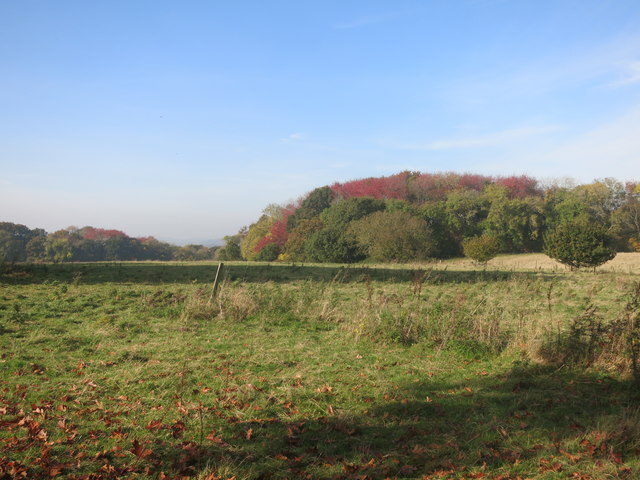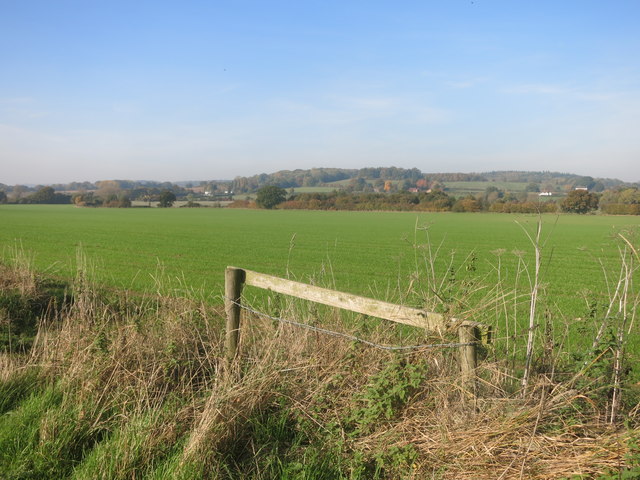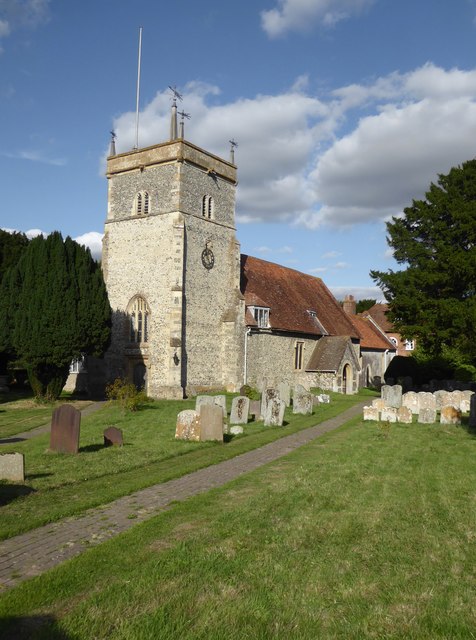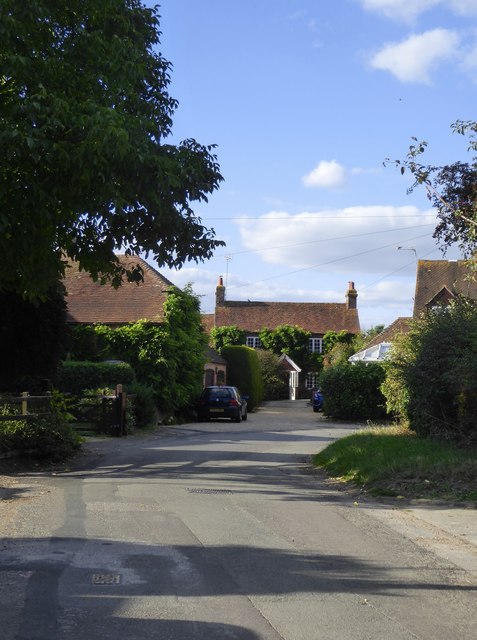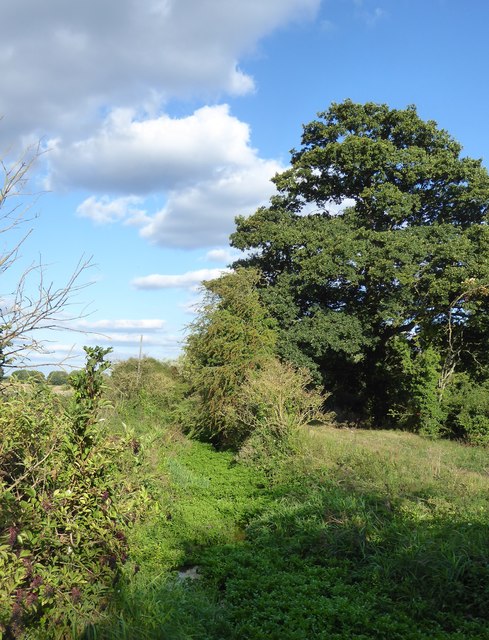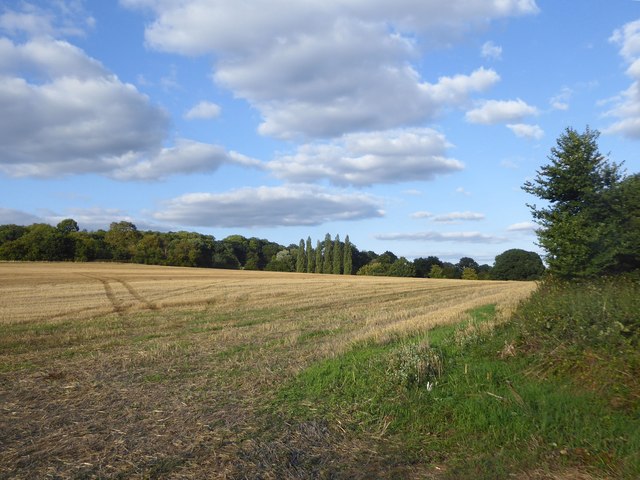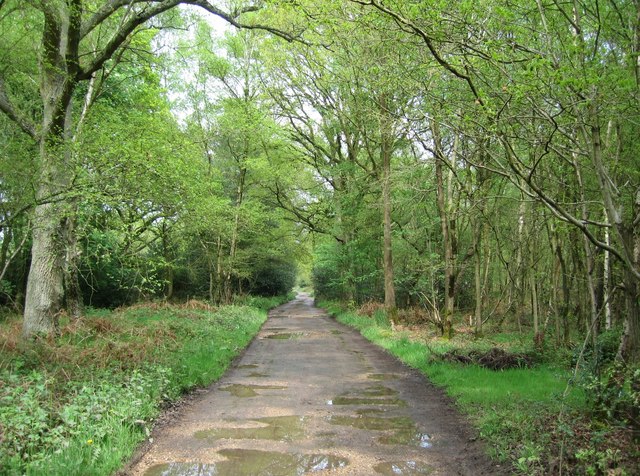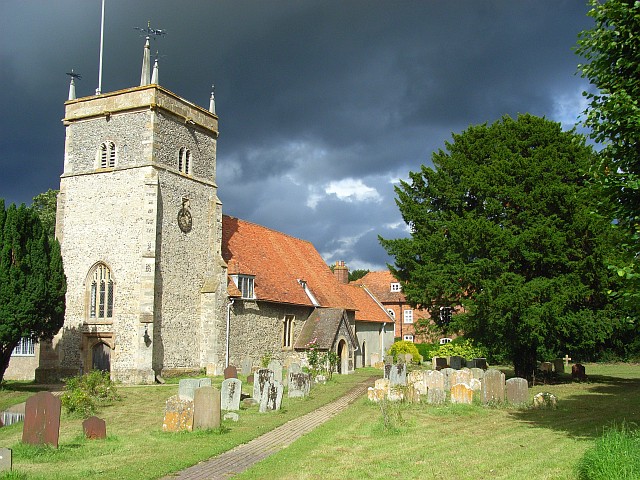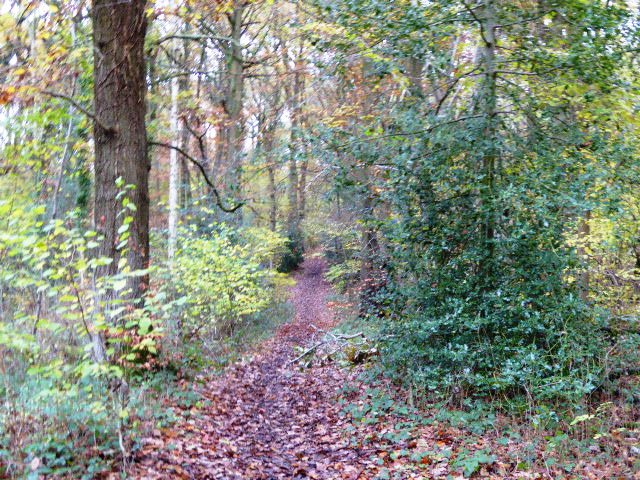Scotland Plantation
Wood, Forest in Berkshire
England
Scotland Plantation
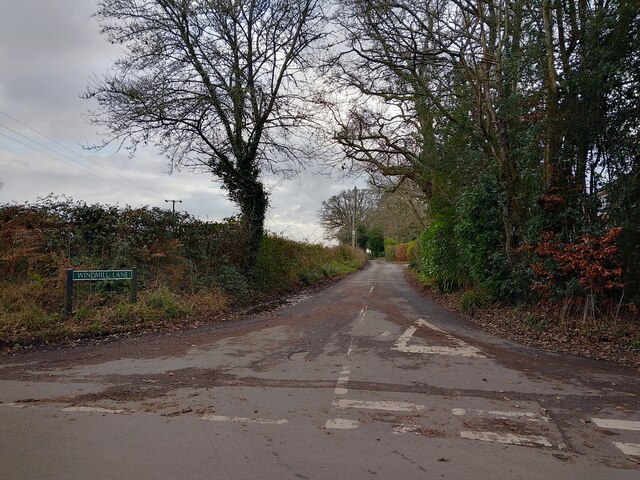
Scotland Plantation, Berkshire is a sprawling woodland located in the county of Berkshire, England. Covering an extensive area of lush greenery, this picturesque plantation is renowned for its natural beauty and rich biodiversity. The plantation is named after its resemblance to the enchanting Scottish forests, with tall, majestic trees dominating the landscape.
The woodland is primarily composed of oak, beech, and pine trees that create a dense canopy, providing a haven for a wide range of wildlife. The diverse flora found here includes bluebells, primroses, and ferns, adding vibrant colors to the woodland floor during springtime. Various species of birds, such as woodpeckers, robins, and owls, can be spotted among the treetops, while rabbits, foxes, and deer roam freely on the forest floor.
Scotland Plantation offers visitors an array of recreational activities, making it a popular destination for nature enthusiasts and outdoor adventurers alike. Numerous walking trails crisscross the plantation, allowing visitors to explore the woodland at their leisure. These trails offer stunning views of the surrounding countryside and provide an opportunity to witness the flora and fauna up close.
In addition to its natural beauty, Scotland Plantation holds historical significance. It is believed that the plantation dates back several centuries and was once part of a larger estate. The woodland has witnessed the passage of time and bears traces of its past, with remnants of old stone walls and ruins scattered throughout.
Overall, Scotland Plantation, Berkshire is a captivating destination that offers a tranquil escape from the bustling city life. Its stunning landscapes, diverse wildlife, and historical charm make it a must-visit location for those seeking a connection with nature and a glimpse into the region's rich history.
If you have any feedback on the listing, please let us know in the comments section below.
Scotland Plantation Images
Images are sourced within 2km of 51.423116/-1.1952885 or Grid Reference SU5669. Thanks to Geograph Open Source API. All images are credited.
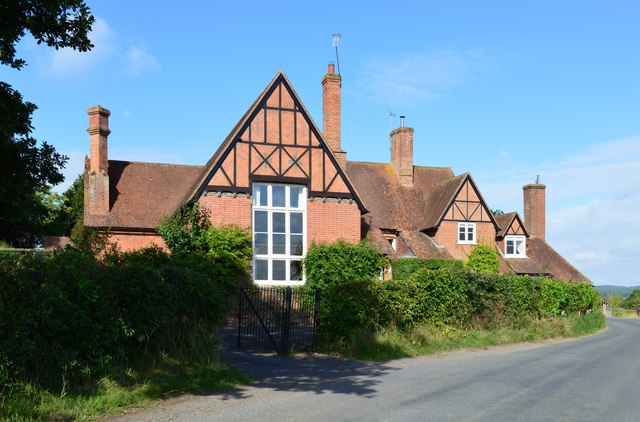
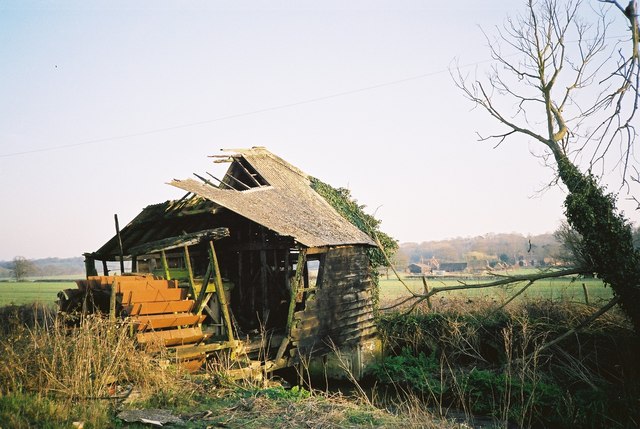
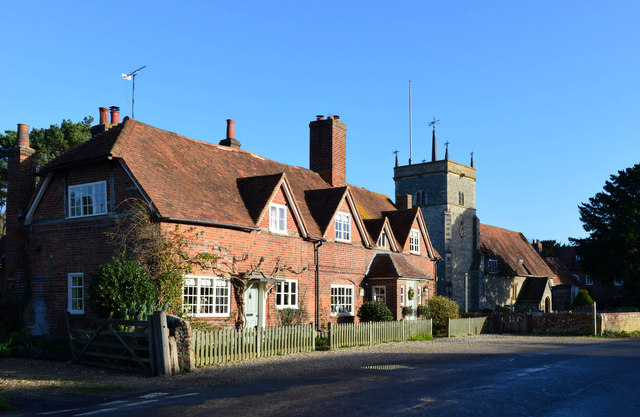
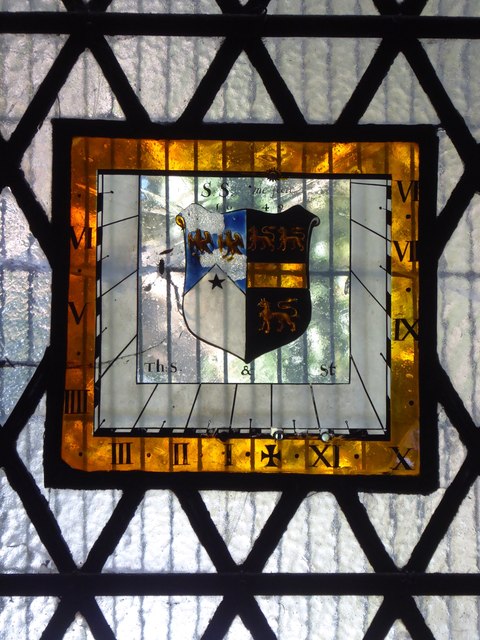
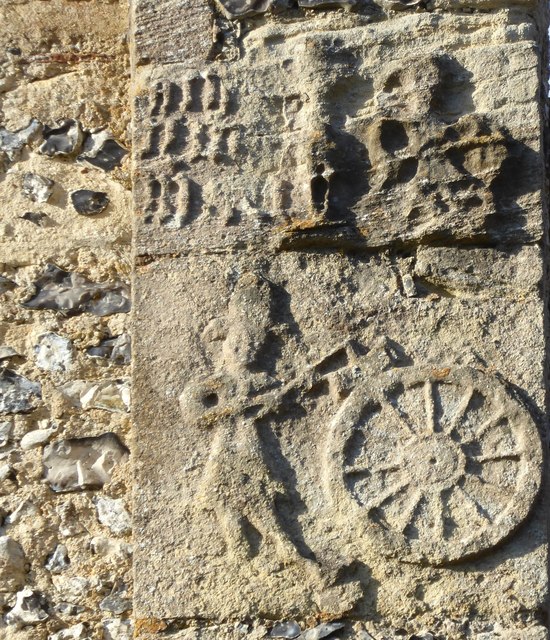
Scotland Plantation is located at Grid Ref: SU5669 (Lat: 51.423116, Lng: -1.1952885)
Unitary Authority: West Berkshire
Police Authority: Thames Valley
What 3 Words
///courtyard.nightcap.listed. Near Cold Ash, Berkshire
Nearby Locations
Related Wikis
Related Videos
Berkshire 2.6 mile circular walk: Bucklebury
Bucklebury: 2.6 mile circular walk Guided Walk: ...
221 - The Other Side Of Narrowboat Life | Picking Fruit On Our Doorstep, Exploring Bucklebury Estate
Today we do the other things in narrowboat life, such as exploring Bucklebury Estate, which includes woods, moorland and ...
Bucklebery Farm | Reading, England UK
bucklebery #farmanimals #england #reading Bucklebery Farm | Reading, England Bucklebury Farm Park is an animal park ...
Nearby Amenities
Located within 500m of 51.423116,-1.1952885Have you been to Scotland Plantation?
Leave your review of Scotland Plantation below (or comments, questions and feedback).
